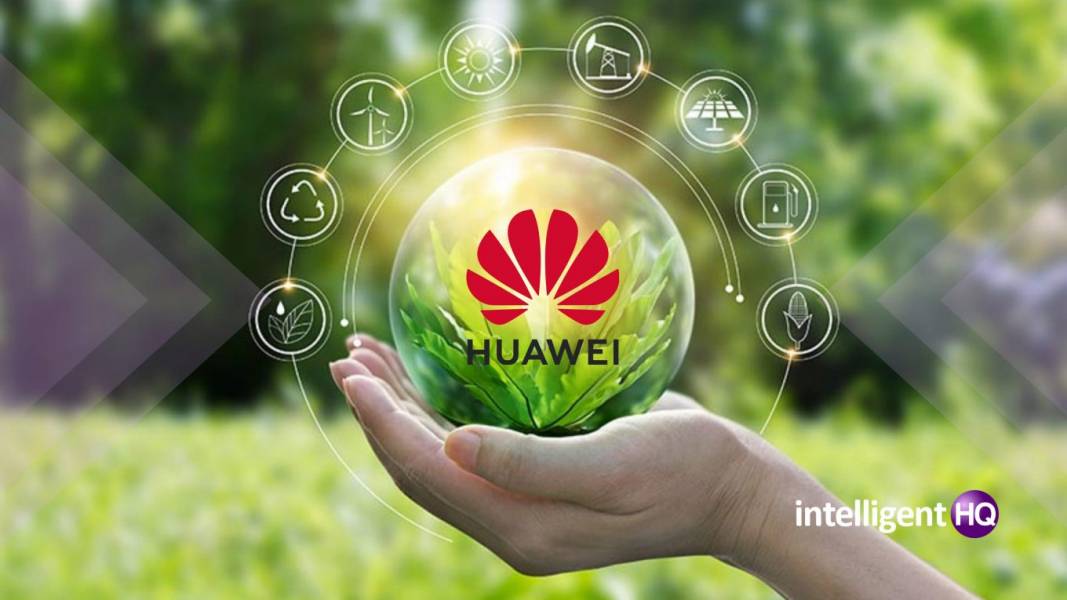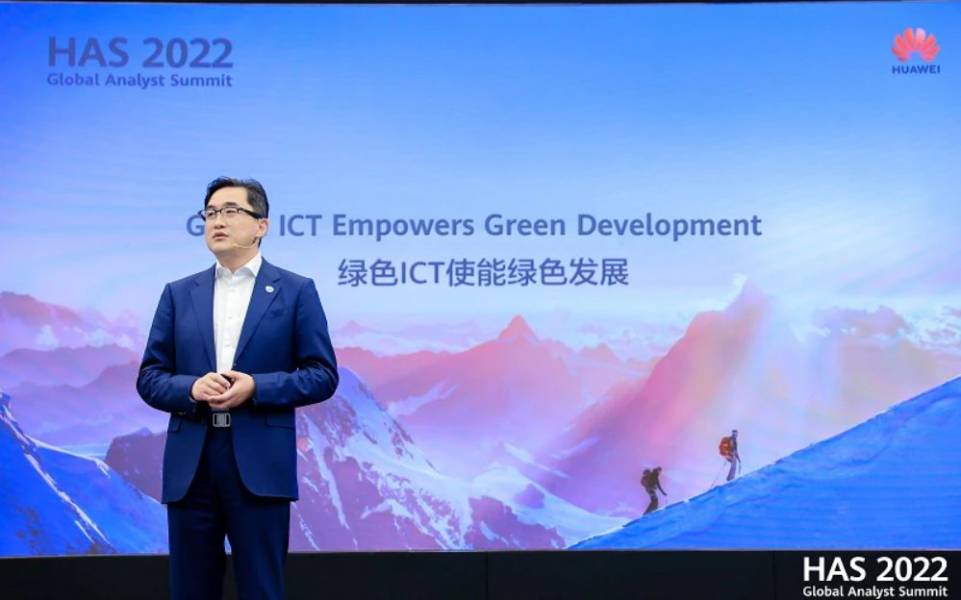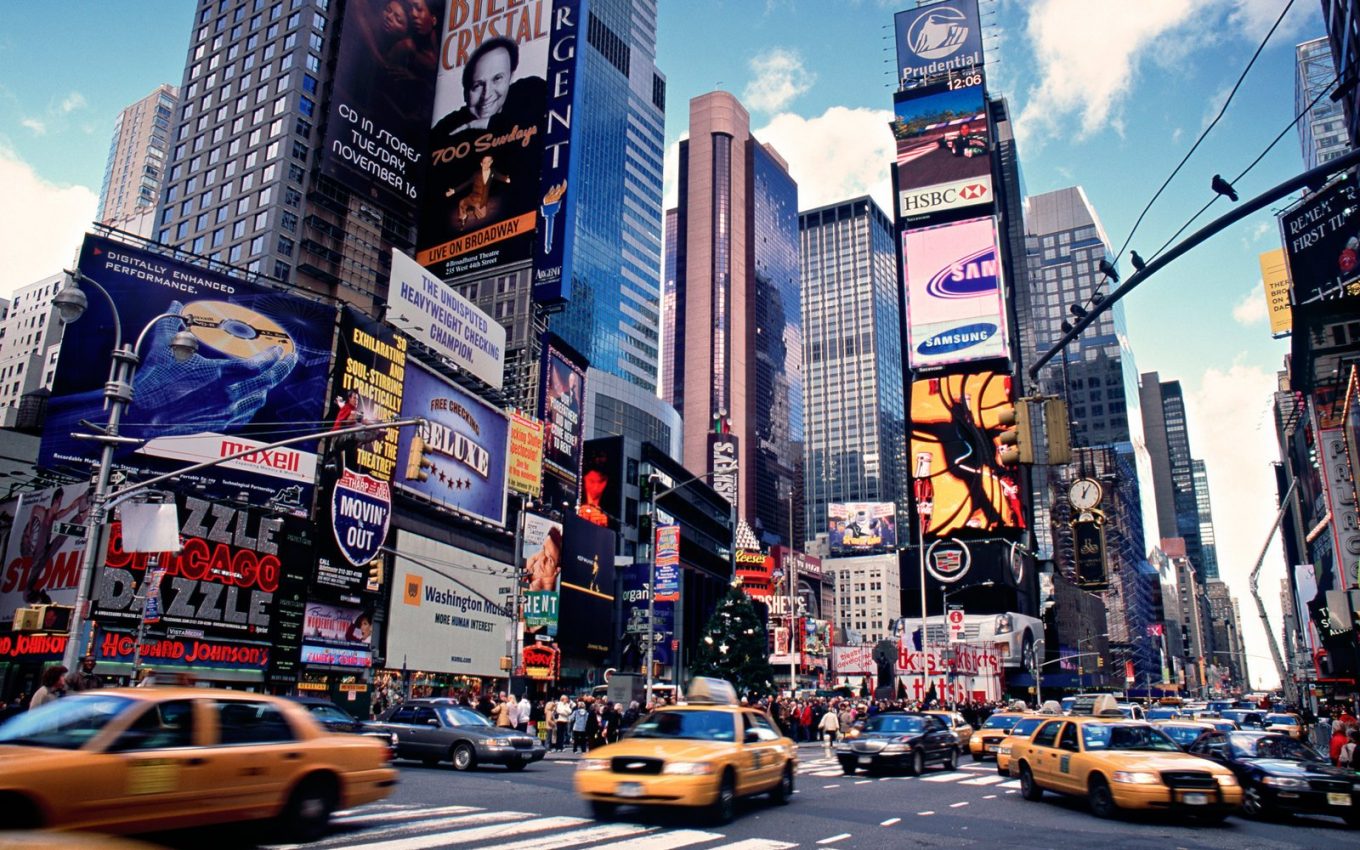With a goal to empower green development in the industry, Huawei, the leading global provider of information and communications technology (ICT) infrastructure, is offering greener ICT solutions and products, alongside a series of comprehensive studies in the newly launched Green Development 2030 report. The Green Development 2030 report is the latest in a series of Huawei reports that systematically present the company’s outlook on the future and provide a general blueprint for the ICT industry’s development.

During the Huawei Global Analyst Summit 2022 held earlier this year, the company explained how it is leveraging the value of ICT to enable green development globally. At the Green ICT Empowers Green Development Forum, the Green Development 2030 report was finally presented. This report is supplemented by the input from nearly 100 industry experts and more than 30 third-party organizations including policy makers, associations, think tanks, and enterprises.
The document focuses on how digitalization and decarbonization can drive green development, as well as potential applications of green ICT in key industries by 2030. Outlooks such as more than 50% of electricity will come from renewable energy, future buildings will operate at net-zero carbon, the global telemedicine market is expected to increase by over 10-fold, and digital infrastructure getting 100 times more energy efficient by 2030 are predicted based on legitimate studies.
“Digitalization and decarbonization reinforce each other and jointly drive green development. ICT will be key to both digitalization and decarbonization processes. As a leader in ICT innovation, Huawei is committed to building green ICT infrastructure, accelerating the development of renewable energy, and improving energy savings and emission reductions in a wide range of industries. This is how we hope to promote sustainable development within our society at large,” commented Kevin Zhang, CMO of Huawei’s ICT Infrastructure Business, during a recent speech.

In a series of events focused on ICT, innovation and tech development, one of the most sought after information from the Huawei Global Analyst Summit 2022 was about green ICT innovation and solutions. Huawei introduced its series of innovations based on two key themes:
• How digitalization and decarbonization can drive green development, as well as potential applications of green ICT in key industries by 2030.
• The three main pathways that future ICT innovation should pursue to empower green development: improving the energy efficiency of digital infrastructure, increasing the share of renewables in electricity generation, and enabling green industries.

The Three Main Pathways: Green ICT Infrastructure, Renewables and Low-Carbon Industries
Further, to contribute to a sustainable world, Huawei will continue undertaking ICT innovations in three areas: building green ICT infrastructure, accelerating the development of renewables, and enabling energy-efficient and low-carbon industries. This will be done by utilizing three main pathways.
Pathway 1: Improving the energy efficiency of digital infrastructure. This will include building green sites through innovations in theories, materials, components, and architecture, simplified networks that are more energy efficient through innovations in system architecture and software, and green data centres through multi-dimensional innovation.
Pathway 2: Increasing the share of renewables in electricity generation. This pathway will include integrating digital and power electronics technologies to improve the power generation efficiency of PV, combining PV and energy storage to accelerate the adoption of solar power as a primary energy source and redefining EV experiences with digital technology to outperform fossil-fuel vehicles.
Finally, Pathway 3: Enabling green industries. This pathway will work in a wide variety of industries, especially in these four main areas that have a significantly higher level of energy consumption.
• Power: Digital technology helps build new power systems based on new energy.
• Transport: Digital technology helps vehicles go electric faster and build smart transport systems.
• Building sector: Digital enables green and low-carbon operations of buildings.
• Industrial sector: Digital makes green and smart manufacturing possible.
Huawei’s effort has not gone unnoticed, with key people in the industry speaking about its recent developments. Amongst others, Head of ICT Security at BYD’s Information Center Luo Xiaoping explained how Huawei is using green optical networks to enable smart manufacturing and green and low carbon operations. He said, “The new energy vehicle market is developing rapidly. As a market leader, we were excited to build a showcase project in our Changzhou base using Huawei’s green and simplified optical technologies. Huawei’s optical network solution supports simplified architecture, high reliability, and ultra-flexibility, and it is enabling efficient transmissions on our production and office networks. This has allowed us to support growing production capacity.”
We invite you to follow the recent news regarding green ICT solutions on our website, most notably, by reading the Green Development 2030 report prepared by Huawei.

Founder Dinis Guarda
IntelligentHQ Your New Business Network.
IntelligentHQ is a Business network and an expert source for finance, capital markets and intelligence for thousands of global business professionals, startups, and companies.
We exist at the point of intersection between technology, social media, finance and innovation.
IntelligentHQ leverages innovation and scale of social digital technology, analytics, news, and distribution to create an unparalleled, full digital medium and social business networks spectrum.
IntelligentHQ is working hard, to become a trusted, and indispensable source of business news and analytics, within financial services and its associated supply chains and ecosystems


























